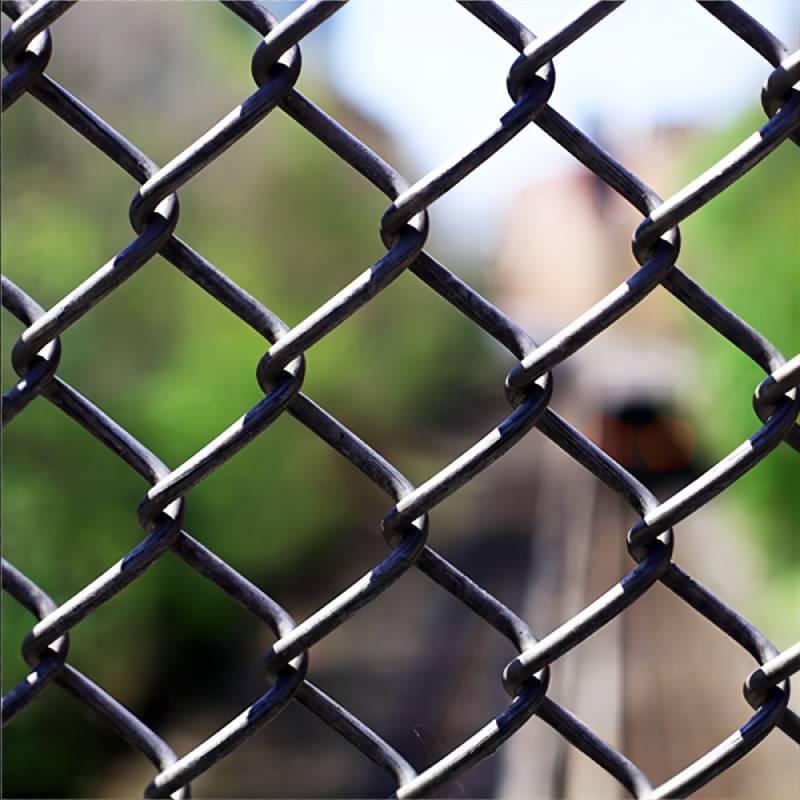wire mesh cost
Understanding Wire Mesh Cost Factors and Considerations
Wire mesh is a versatile material widely used across various industries, from construction and agriculture to manufacturing and art. The cost of wire mesh can vary significantly based on several factors, which must be understood to make informed purchasing decisions. In this article, we will explore the primary factors influencing wire mesh costs, enabling consumers to select the best options that meet their needs and budget.
1. Material Type
The type of material used to make wire mesh is a primary determinant of its cost. Common materials include
- Steel Known for its strength and durability, steel wire mesh is used in construction, fencing, and security applications. However, its price can fluctuate based on the global steel market. - Stainless Steel This type of wire mesh is resistant to corrosion and is ideal for food processing, chemical applications, or environments where hygiene is critical. The higher production cost of stainless steel leads to a higher price tag. - Aluminum Lightweight and corrosion-resistant, aluminum wire mesh is often used in applications where weight is a concern, such as in aircraft and automotive industries. While cheaper than stainless steel, it still varies in cost depending on its alloy composition. - Fiberglass Often used in applications requiring non-metal materials, fiberglass wire mesh is generally less expensive but may not provide the same level of strength as metal options.
2. Wire Diameter and Mesh Size
The diameter of the wire and the size of the mesh openings play crucial roles in determining wire mesh cost. Thicker wires are more expensive due to the increased amount of raw material used. Likewise, finer mesh sizes often require more intricate manufacturing processes, driving up the cost. Buyers should assess their specific needs; heavier and finer meshes are typically more expensive but offer enhanced durability and effectiveness for specific applications.
3. Manufacturing Process
wire mesh cost

The method used to produce wire mesh also influences its pricing. Wire mesh can be welded, woven, or knitted, with each technique resulting in different costs and characteristics
- Welded Wire Mesh Generally more expensive due to the labor-intensive process, but offers greater strength and rigidity, making it suitable for construction and industrial applications. - Woven Wire Mesh This process can be cheaper and allows for more flexibility in design. However, woven mesh may not always provide the same level of structural integrity as welded options. - Knitted Wire Mesh Often used for decorative purposes or in specialized applications, this method can come with varied pricing based on the complexity of the design.
4. Customization and Coatings
Customization options, such as specific dimensions, coatings, and finishes, can significantly impact wire mesh costs. For instance, galvanized or PVC-coated wire mesh provides additional protection against corrosion but tends to be more expensive than standard options. Customizing mesh for specialized applications, such as preventing wildlife intrusion or enhancing aesthetic appeal, also adds to the overall cost.
5. Quantity and Purchase Location
Buying wire mesh in bulk typically reduces the cost per unit. Many suppliers offer discounts on larger orders, making it more economical for contractors and businesses. Additionally, regional pricing differences may occur due to shipping costs, local demand, and market availability. It’s advisable to shop around and compare prices from different suppliers to ensure the best deal.
Conclusion
In conclusion, the cost of wire mesh is influenced by various factors such as material type, wire diameter, manufacturing processes, customization options, and purchase quantity. Understanding these aspects can help individuals and companies make informed decisions when selecting wire mesh for their specific applications. Whether for construction, agriculture, or artistic endeavors, investing time in researching these factors will ultimately lead to better value and satisfaction.
-
Space-Saving Chain Fence Hacks Vertical Gardening with Cyclone MeshNewsJul.16,2025
-
Innovations in Iron Nail Wire Production for Modern ConstructionNewsJul.16,2025
-
Creative Uses of Wire Netting Fence in Modern Landscape DesignNewsJul.16,2025
-
Barbed Wire Fence Innovations in Anti-Climb TechnologyNewsJul.16,2025
-
Architectural Uses of Umbrella Nails for Aesthetic Roof DesignsNewsJul.16,2025
-
Architectural Uses of Razor Barbed Wire in Secure Urban DesignNewsJul.16,2025




